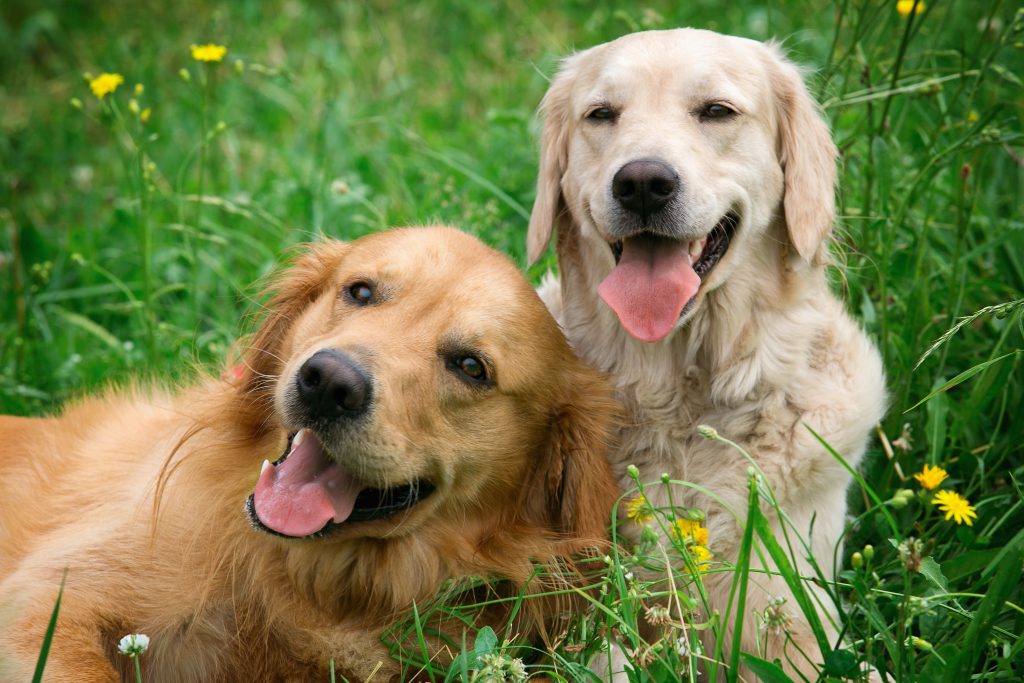
Just because a tail is wagging doesn’t necessarily mean the pup is happy? Don’t be so sure. Of course, tail wags can be part of it, but veterinarians say they are but one small component. Canine nirvana is a mix of physical comfort, emotional well-being, and daily stimulation and the indications are usually scrawled all over your dog’s body and behavior.
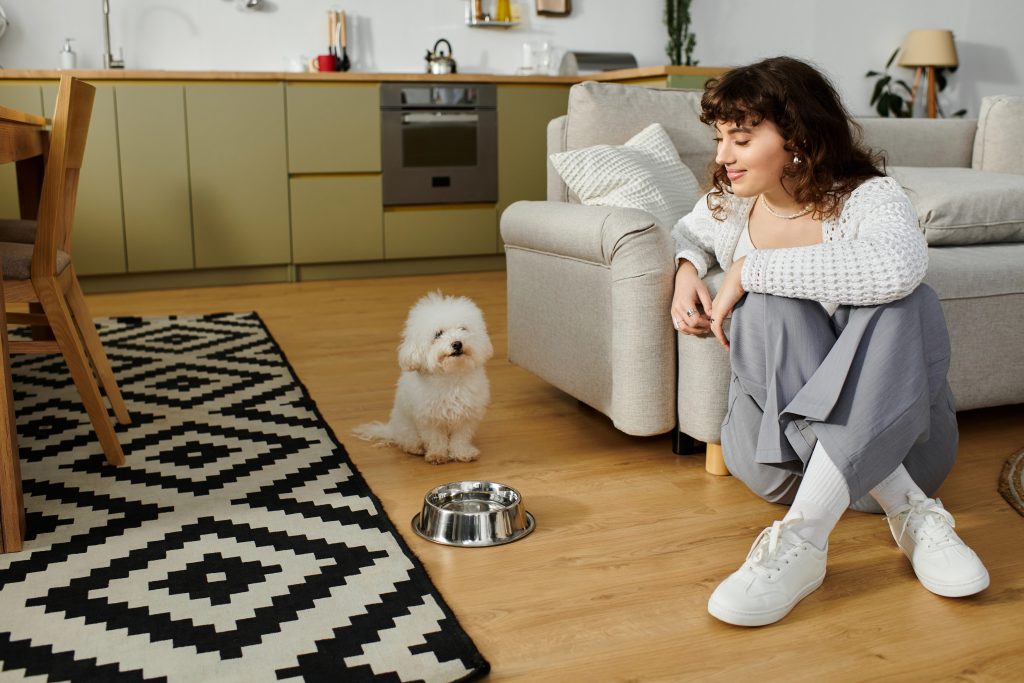
Dogs can’t speak out for themselves, but we’ve learned to read the subtle (and not-so-subtle) cues that lead to happiness. From the way they walk to how they live their day-to-day lives, these indicators can tell any pet parent everything they need to know about their dog’s mood. And the best part? Once you pay attention to what to look for, you can make small changes that bring your dog more happiness every day. This is what trainers and veterinarians say are the most apparent indications your dog is living their best life and how you can help keep it that way.

1. Their Basic Needs Are Consistently Met
A happy dog starts with the basics food, water, shelter, comfort, and security. Animal behaviorist Dr. Kate Anderson of Cornell University references the Five Freedoms of Animal Welfare freedom from hunger and thirst, discomfort, pain or disease, fear and distress, and freedom to act naturally as the foundation for happiness. Meeting these needs is not just a matter of plain survival; it’s a matter of setting the parameters for happiness.
This comprises fresh water constantly available, healthy diet suitable to their health and age, warm and comfortable sleeping space, and quality vet treatment. It also comprises giving them enough space and liberty to move, play, and socialize as they would in the wild. Without all these, emotional well-being is virtually impossible.
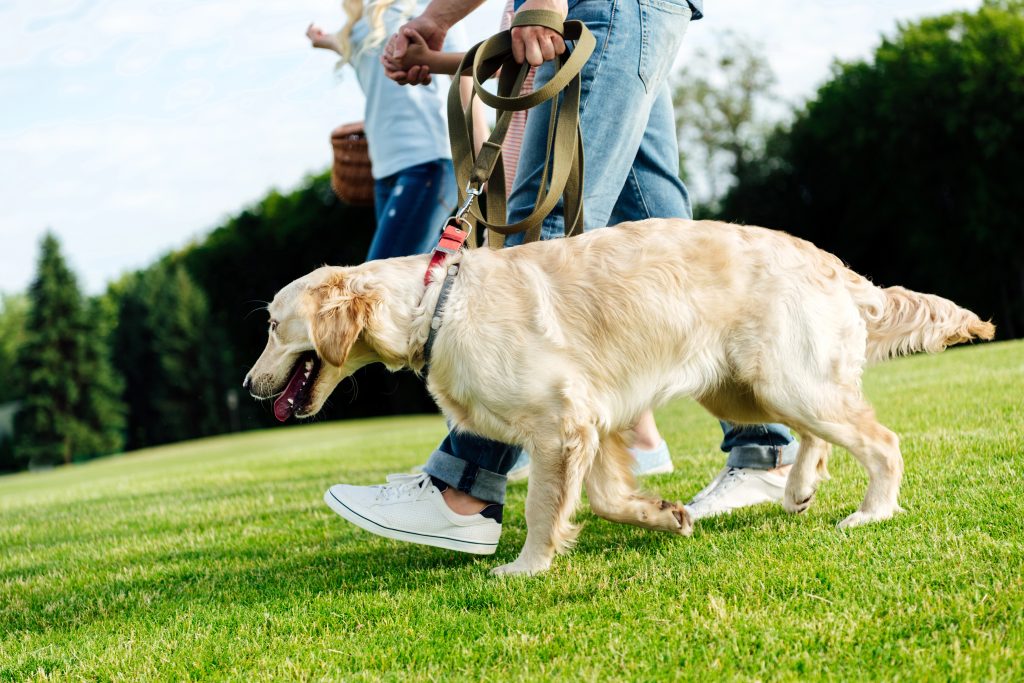
2. Their Body Language Is Loose and Relaxed
Vets agree loose body is one of the most visible signs of a happy dog. Anderson describes it as “loose” movement no stiffness, no tucked tail, no whites of the eyes showing. Dr. Kristi Flynn of the University of Minnesota also includes that weight must be evenly distributed on all four, not leaning back or lifting a leg.
Picture a dog stretching out in the sun, lying on their side with loose floppy limbs that’s a contented pup. Even when they are walking around, the posture of a happy dog has a tendency to seem wiggly or “like noodles,” showing that they feel secure and relaxed in their environment.
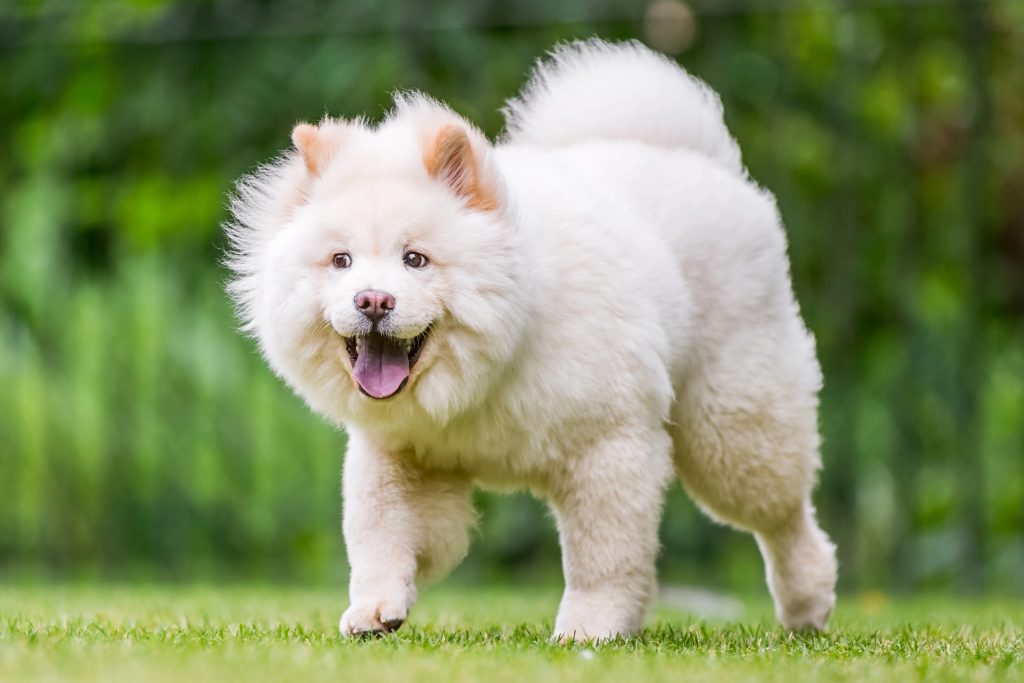
3. Their Face Displays Calm Contentment
Dogs’ facial muscles are quite similar to humans’, and therefore their appearance can reveal a lot. As per Flynn, a happy dog will display no furrowed brow, soft and easy eyes, and slightly open mouth without tension. A loose tongue with a gentle pant can also be an indication.
Conversely, pursed lips, tightened eyes, or hanging mouth will show stress or discomfort. Reading these micro-expressions can help you detect a change in your dog’s mood before it happens.
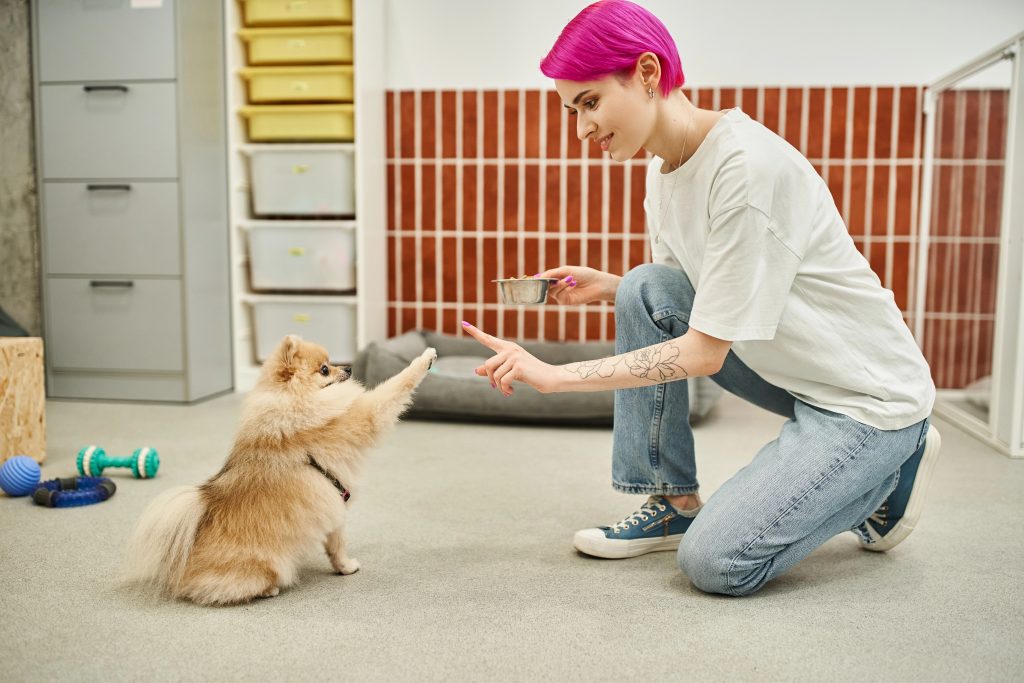
4. They Thrive on a Predictable Routine
Like young children, dogs enjoy a measure of security when life is stable. As Anderson says, while dogs enjoy novelty, they do not want constant change. Sudden changes like holiday chaos or a new work schedule irks them up.
Experts in canine studies of behavior highlight that routine feeding, walking, training, and sleeping schedules reduce anxiety and increase confidence. Consistency rather than rigidness is the key anchor their day to routines, but leave room for minor exceptions so they don’t go into meltdown if breakfast is 20 minutes late.
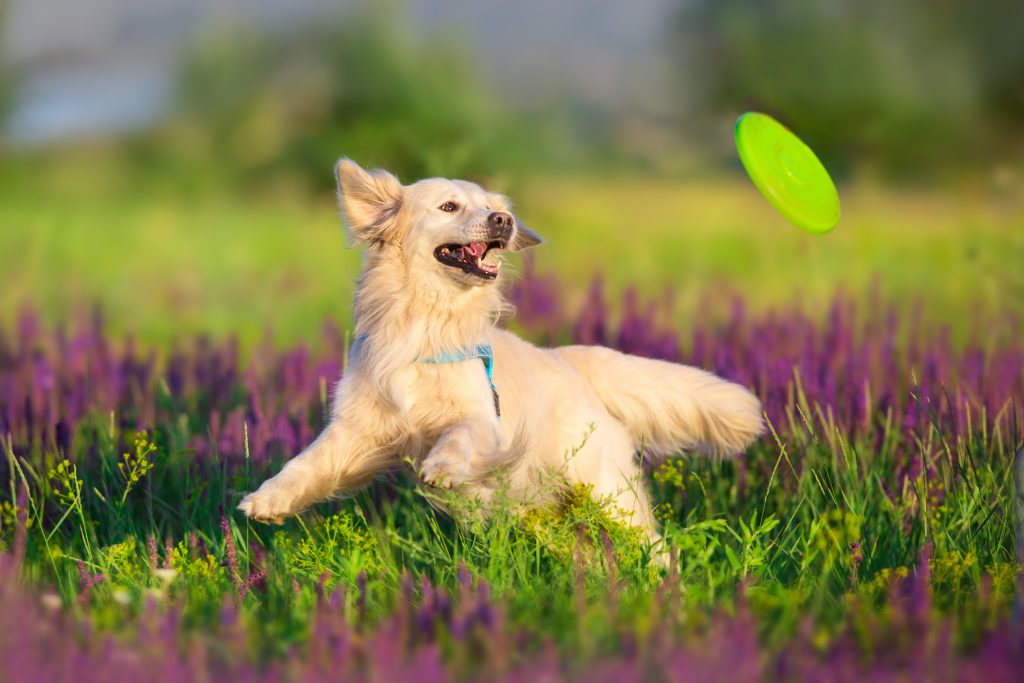
5. They Engage in Enrichment Activities
Enrichment, both physical and mental, is similar to self-care in dogs. Anderson classifies exercise as enrichment, but also includes mental stimulation like training sessions, scent games, or puzzle toys. Humane, science-based training not only keeps their mind engaged but also strengthens the human-animal bond.
From traditional KONGs filled with treats to snuffle mats and hide-and-seek games, interactive enrichment toys can ward off boredom and stress. The idea is to provide your dog with chances to problem-solve, investigate, and engage their senses behaviors that leave them contented and calm.

6. They Have an Advocate in You
Dogs can’t tell strangers to back off, but you can. Flynn encourages standing up for your dog’s comfort level, whether this is asking someone to not pet them or staying away from really rowdy dogs in the park.
Trainer Rachel Forday suggests using visual cues like vests or harnesses labeled “In Training” or “Please Give Space” to communicate boundaries. Advocating for your dog builds trust they learn you’ll protect them, which can make them more confident and relaxed in the long run.
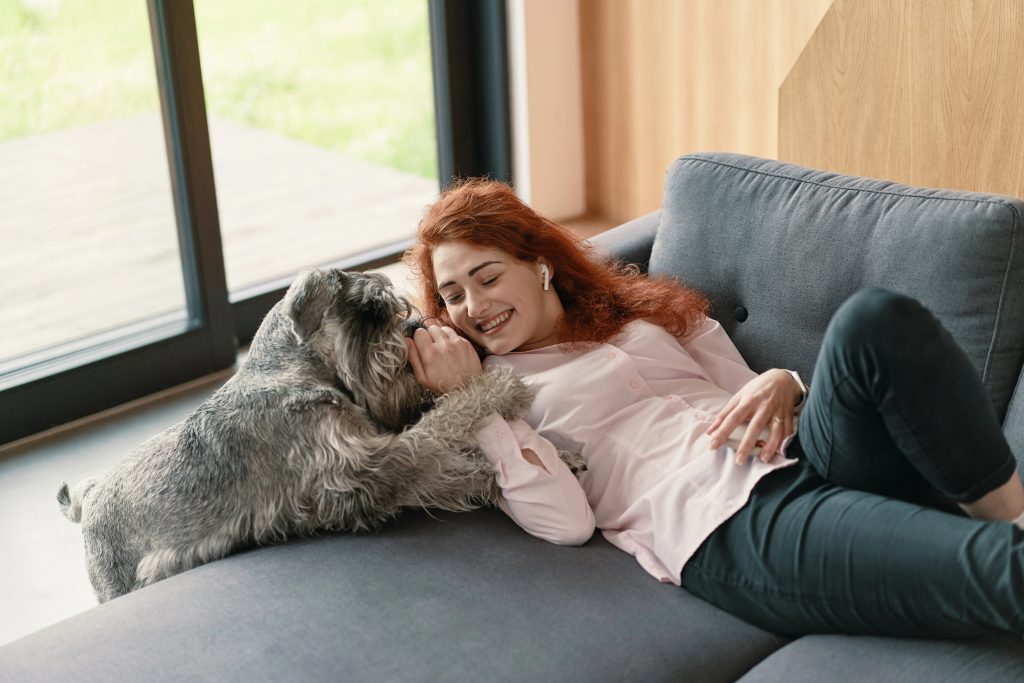
7. They Seek Out Positive Social Contact
Contented dogs take the first step leaning against you, nose-bumping, or snuggling up tight beside you. They will also play bow, soften their eyes, and invite friendly contact with other dogs. As each dog is unique, responsiveness to contact is an excellent measure of emotional well-being.

If your dog is avoiding being touched or stepping back from social contact they once enjoyed, it could be a sign that something is not right stress, illness, or pain. In those cases, a visit to the vet and inspection of their environment and their routine can restore balance.
Understanding these signs isn’t just about decoding your dog’s mood it’s about building a life where happiness is the default. By meeting their basic needs, respecting their boundaries, providing enrichment, and keeping routines steady, you’re not only recognizing joy when it’s there you’re actively creating it. And that’s the kind of bond that makes both ends of the leash a whole lot happier.


